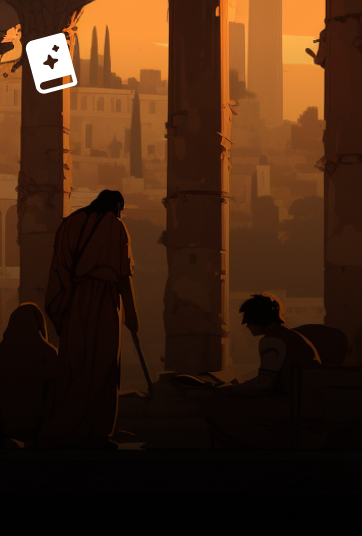
Wild Nights!

Wild Nights!
Wild Nights!
Ratings1
Average rating4
Joyce Carol Oates has reimagined the final days of five important American authors: Poe, Dickinson, Twain, Henry James and Hemingway. The stories of Twain, James and Hemingway are the ones that stick closer to the historical record, while those of Poe and Dickinson take flight into the fantastic.
“Poe, Posthomous” imagines that Poe spent his final days not in Baltimore but in an isolated lighthouse off the coast of Chile, hoping that the solitude would allow him to produce an important philosophical treatise. As with most of the stories, Oates mimics the writing style of the author in question, and the story is very reminiscent of those Poe tales where the protagonist succumbs to madness, yet there are several elements, including the setting and the final development, that suggest Oates is channeling not Poe but Lovecraft. “EDickinsonRepiluxe” tells not so much about Emily Dickinson's last days, as of her 21st century resurrection as a sort of robotic family member/pet, purchased by a childless middle-aged couple to fill a void in their lives. Intriguing, but aside from its Twilight Zone-like premise, it felt like a familiar story of middle-age disappointment and estrangement.
The Twain, James and Hemingway are closer to what you'd expect given these authors final days. Twain is a broken man after the death of his wife and beloved daughter, resentful of the public persona he has to play. He seeks solace in the company of girls, younger than 16, mostly innocent but with somewhat creepy undertones. James volunteers in a veteran's hospital during WWI, where the suffering of young men affects him deeply. Hemingway struggles with his poor mental and physical health as he obsesses over bringing his life to an end. There's an interesting dichotomy between the first two stories, with their fantastic concepts, and the final three, which feel so much more grounded that it's hard to know when the truth ends and Oates' extrapolations begin.